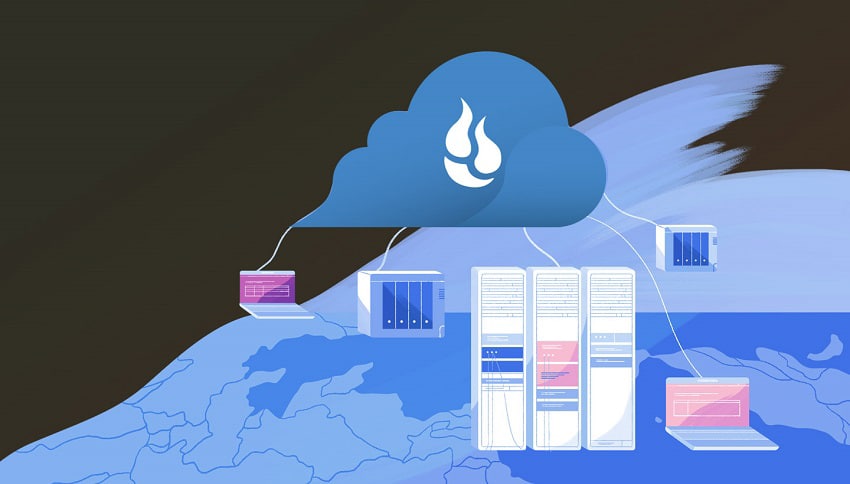

Select "Read and Write" for Type of Access, and keep the File name prefix and Duration text fields empty.Īfter the new application key has been created, copy the value of keyID and paste it to the Access key ID textbox in the CubeBackup configuraion wizard. Note: If an Application Key is restricted to only one bucket, the Allow List All Bucket Names option must be checked for compatibility with S3 APIs.

The key can either be allowed to access all buckets by selecting "All" in the Allow access to Bucket(s) dropdown list, or it can be limited to only the bucket you have just created. In the Add Application Key dialog, enter the name of the key. On the Application Keys page, click the Add a New Application Key button. Note: The Master Application Key is not S3 Compatible and cannot be used in CubeBackup, so you'll want to create a new non-master Application key. Now, you can copy the bucket name (not the Bucket ID) and paste it to the Bucket textbox on the CubeBackup configuration wizard.Ĭopy the value of the Endpoint and paste it to the Endpoint textbox on the CubeBackup configuration wizard, with " in the front of the endpoint address.įor the Application Key ID and Application Key, head to the App Keys page. In the Lifecycle Settings dialog, select "Keep only the last version of the file", then click Update Bucket. However, since CubeBackup already has version control, enabling all versions in the Backblaze bucket will result in unnecessary file duplication and cost. By default, a Backblaze bucket will keep all versions of your files. In the dialog that pops up, enter a unique bucket name (keeping other options as default) and click the Create a Bucket button.Īfter the bucket has been created, you should change the "Lifecycle Settings" of the bucket.


How to backup Microsoft 365 data to Backblaze B2 cloud storage.īackblaze B2 is Amazon S3 compatible cloud storage with more affordable pricing.


 0 kommentar(er)
0 kommentar(er)
